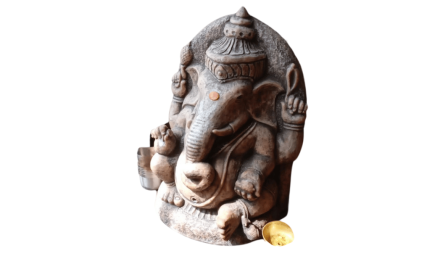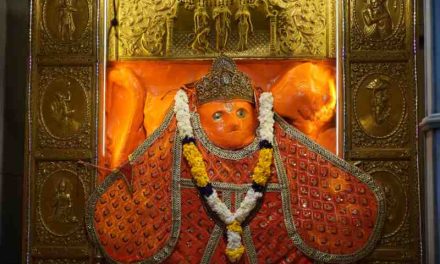The Maitreya Upanishad is one of the minor Upanishads of Hinduism, composed in Sanskrit and belonging to the Samaveda. It is classified as one of the 20 Sannyasa Upanishads, which are related to the renunciation, monastic practice, and asceticism of Hinduism. The Maitreya Upanishad is also one of the Vedanta Upanishads, which expounds on the philosophy of the identity of the individual self (Atman) and the supreme reality (Brahman).
The Author and the Date of the Upanishad
The word “Maitreya” means “benevolent” or “friendly”. It is derived from the name of a Rigvedic deity, Mitra. The name of the Upanishad likely reflects the name of the author, who was a sage and a disciple of Lord Shiva. The text is also known as Maitreyopanishad.
The exact date of the composition of the Upanishad is not known, but it is estimated to be from the medieval period of the 1st millennium CE. It is one of the younger Upanishads that followed the Ashrama Upanishad, which was completed around 300 CE.
The Content and the Message of the Upanishad
The Maitreya Upanishad consists of three chapters and 73 verses. The first chapter deals with the nature and the qualifications of a sannyasi (renouncer), who abandons all worldly attachments and desires and seeks liberation from the cycle of birth and death. The sannyasi is described as one who has realized his true nature as Atman, who is free from egoism, anger, greed, delusion, and fear, who is compassionate to all living beings, who is devoted to Lord Shiva, and who practices meditation and self-inquiry.
The second chapter contains a dialogue between Lord Shiva and Maitreya, in which Shiva reveals to Maitreya the secret of the highest reality (Brahman). Shiva explains that Brahman is the cause and the essence of everything, that Brahman is identical with Atman and Shiva, that Brahman is beyond all attributes and distinctions, that Brahman can be known only by direct experience and not by logic or scriptures, and that Brahman is blissful, eternal and infinite.
The third chapter continues the dialogue between Shiva and Maitreya, in which Shiva instructs Maitreya on how to attain Brahman. Shiva advises Maitreya to renounce all actions and rituals, to control his senses and mind, to cultivate detachment and discrimination, to meditate on his own self as Brahman, to worship Shiva with devotion and surrender, to chant the sacred mantra “Om Namah Shivaya”, to practice yoga and pranayama, to follow ethical principles and moral duties, to avoid worldly pleasures and distractions, to seek the company of wise sages and teachers, and to realize his oneness with Brahman.
The Significance and the Relevance of the Upanishad
The Maitreya Upanishad is a rare Sannyasa Upanishad of the Samaveda, which presents a comprehensive and coherent exposition of the Advaita Vedanta philosophy. It emphasizes the importance of renunciation as a means to attain liberation from ignorance and suffering. It also highlights the role of Lord Shiva as the supreme teacher and guide for those who seek spiritual knowledge and realization.
The Upanishad is relevant for those who are interested in learning about the Hindu concept of sannyasa, which is not merely a physical or social withdrawal from the world, but a spiritual transformation of one’s attitude and outlook. It is also relevant for those who are curious about the Hindu view of reality, which is not dualistic or pluralistic, but monistic and non-dualistic. It is also relevant for those who are seeking peace, happiness, and freedom from within themselves, which can be attained by discovering their true identity as Brahman.
Works Cited:
(1) Dictionary: Sannyasa Upanishads | TheAum. https://theaum.org/pages/hinduism/concepts/wiki/sannyasa_upanishads/
(2) Sannyasa Upanishads – Wikipedia. https://en.wikipedia.org/wiki/Sannyasa_Upanishads
(3) Sannyasa – Wikipedia. https://en.wikipedia.org/wiki/Sannyasa
(4) Саняса Упанишади – Wblog Wiki. https://wblog.wiki/bg/Sannyasa_Upanishads





